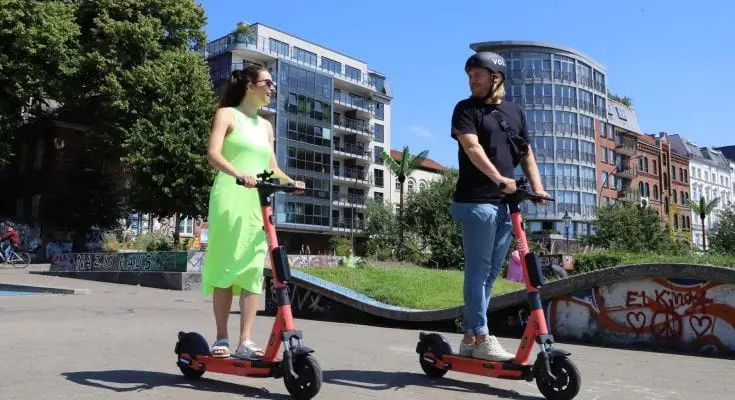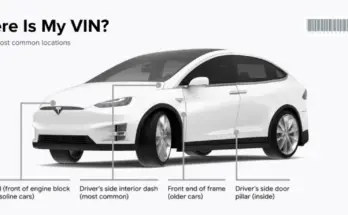Are you thinking about picking up a few Kaabo Mantis e-scooters at Dubitz? Good, then we have a killer guide for you. When investing in a cool new e-scooter, you want to keep it looking fresh and performing well. After spending all that money, the last thing you want is to experience problems just because you didn’t maintain the scooter correctly. You’ll find everything you need (and more) in this guide!
Importance of E-Scooter Maintenance
By maintaining your e-scooter, you reduce the likelihood of encountering problems. The scooter remains efficient, and you don’t have to take the sad trip to a professional for either a repair or a replacement. Even if you’ve never owned an e-scooter before, there’s no reason why you can’t perform some simple maintenance to keep your scooter working effectively (and looking great!).
Maintaining and Repairing Your E-Scooter
Prevention is always better than the cure – a sensible saying normally used in the medical industry but that also applies to e-scooter maintenance. If you take a reactive approach, you’re only ever responding to problems, and it actually puts you in danger. What if the worst happens when you’re riding through the street? What if you have an accident that could have been prevented with some simple maintenance?
With this, a proactive approach is always better when it comes to e-scooters. Not only do you learn more about your e-scooter, but you also keep it safe for all journeys and reduce the risk of problems (problems that have the potential to cause an accident). Also, maintenance extends the life of your scooter and reduces the cost of potential repairs.
Cleaning
Firstly, it’s always good to give your scooter a deep clean every so often. Even if it looks clean from the outside, you’re likely to have all sorts of dust and other debris around the tyres, in the brakes, and elsewhere. Rather than using a hose (this will cause damage), soak a cotton cloth in warm, soapy water and then squeeze it tightly to remove most of the water. From here, start wiping down the brakes, handlebars, kickstand, lights, and all other parts.
When cleaning wheels, it’s best to just use warm water (without the soap or any other products). If possible, have somebody else lift the scooter so that the wheels spin freely. While here, you can also degrease the chain using a small brush and some eco-cleaner. Once cleaned, pour warm water over the chain, and brush away any suds and other products.
Tyres
Rather than guessing, always follow the manufacturer’s advice with tyre pressures (just as you would with a vehicle). When pressures are lower than the recommended amount, you use more of the battery per ride, and you can damage a rim. Meanwhile, higher pressure can cause tyres to blow while also making cornering more difficult. Check your tyre pressures regularly and keep them at the optimal level.
If even the best prevention measures didn’t work and a replacement tyre is necessary, you’ll need to use an Allen key to remove the brakes and then a wrench to pull out the old tyre. Depending on the damage, you may need to put in a new tube and inflate the tyre. Either way, the tyre goes back in, you reattach the brake (very important), and you’re ready to go again.
Other Tips
Here are some other basics:
- Keep the battery away from negative temperatures
- Wait for the battery to cool down before charging
- Try not to let the battery run out completely
- Check and adjust the brakes regularly
- Use the brakes properly to avoid damage (get into good habits)
If you don’t feel comfortable completing work on your scooter, take it to a professional since more and more garages and other services now offer help!



